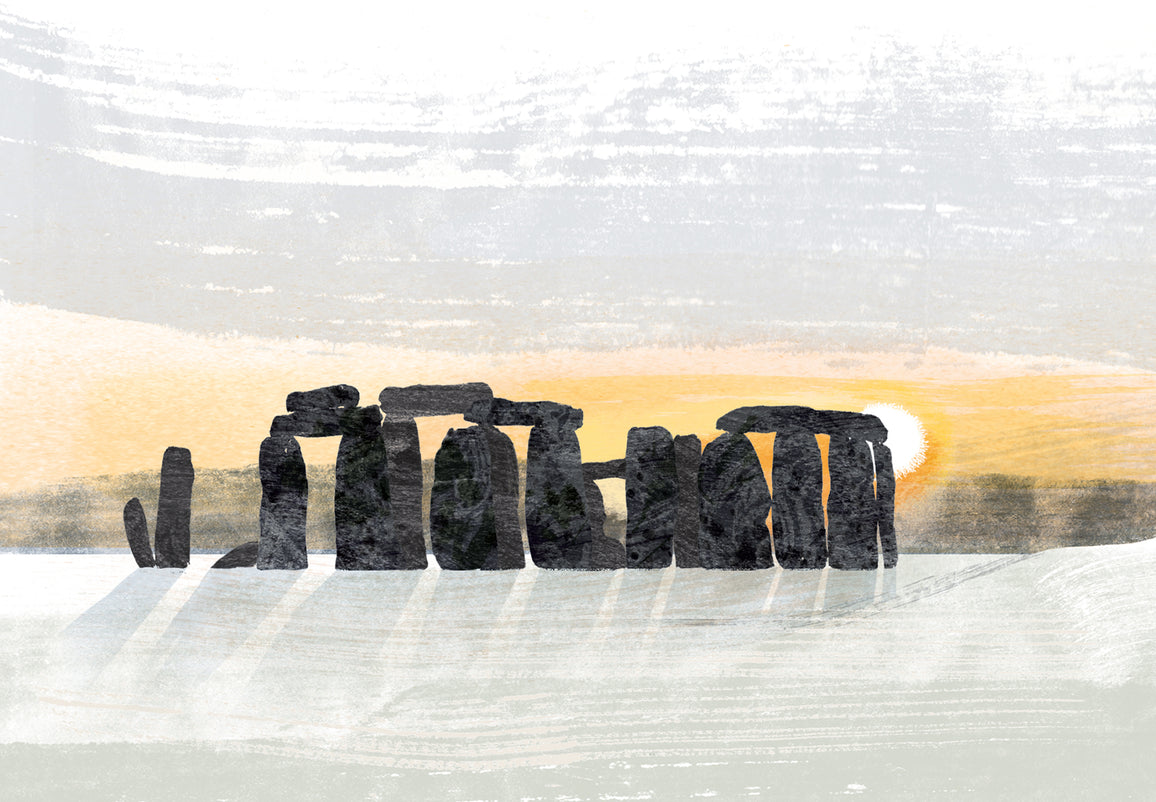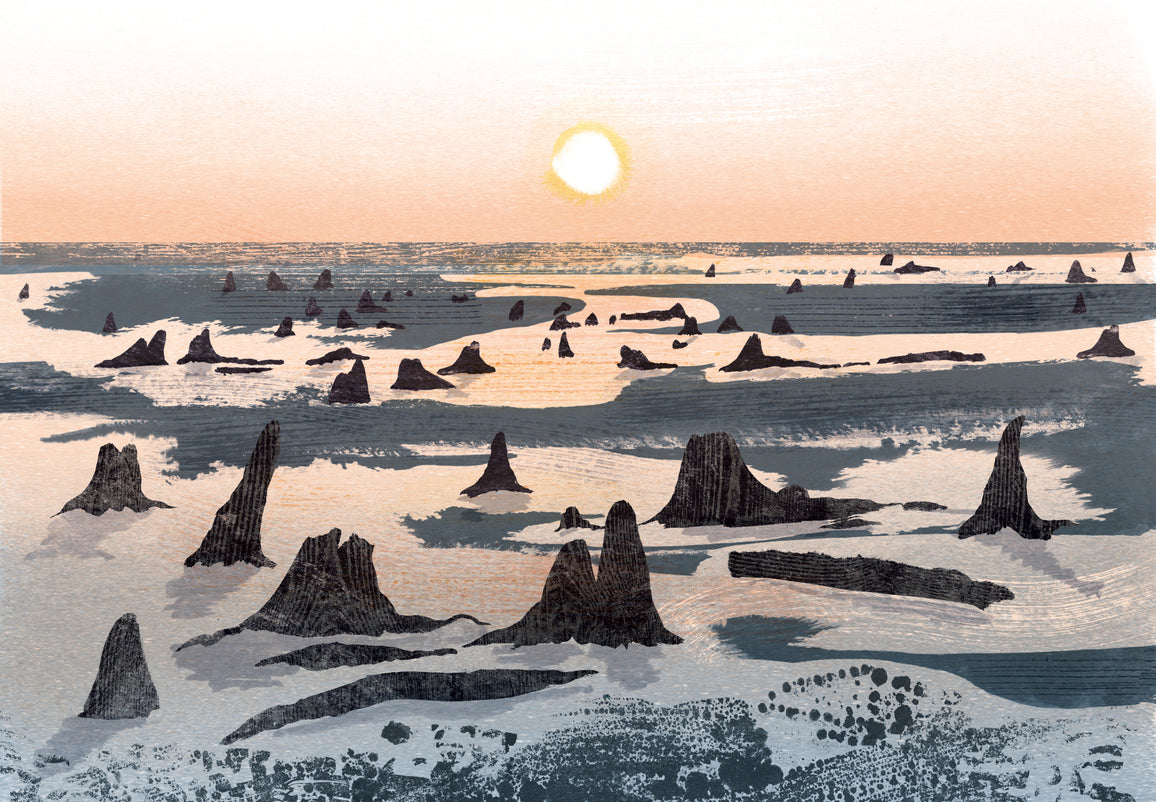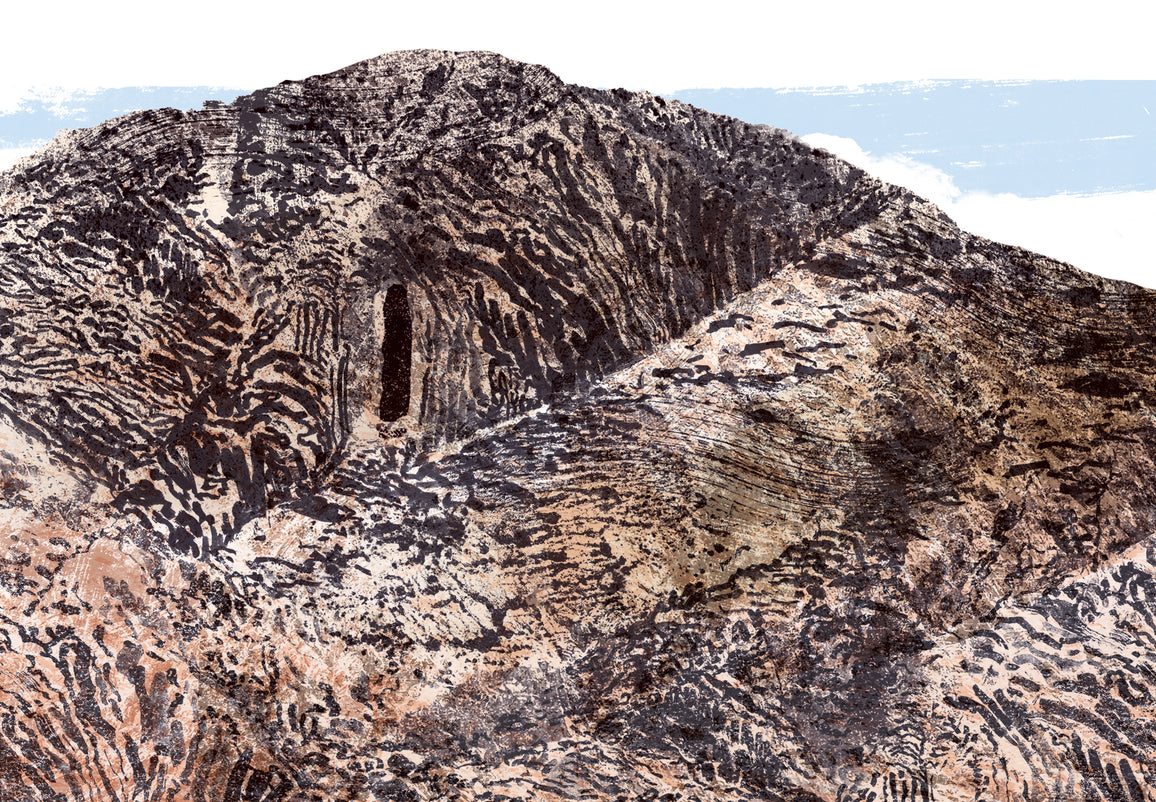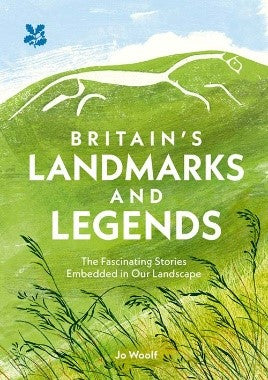This blog was written by Jo Woolf, author of Britain’s Landmarks and Legends – out on September 14.
It always strikes me that, when we walk across Britain’s landscape, we are also walking through legends. We can’t help it – they are just there, the invisible legacy of generations of people who inhabited this land before us.
Very often, these legends are attached to natural or man-made landmarks – hilltops, woodlands, lakes, caves, islands, standing stones – all of which would have been familiar to our ancestors. Stories were passed down from one generation to the next, no doubt embellished in the telling. Sometimes only fragments survive, but we can still find them in local superstitions, in old chronicles, in place-names and folk tales and songs.
To create Britain’s Landmarks and Legends, I chose 50 of these fascinating places and looked (metaphorically!) under the surface to see what stories lay buried beneath. I’ve been enchanted and astonished by what I found. I’ve picked three examples to show you what I mean…
Stonehenge

With its jaw-dropping trilithons and enigmatic Heel Stone, Stonehenge is arguably the most iconic of Britain’s man-made landmarks. What was its purpose? Archaeologists are still sifting the physical evidence that has been left to us; one theory is that it was the venue for a large-scale winter gathering, perhaps to witness the midwinter solstice.
Geoffrey of Monmouth, a 12th-century chronicler with a creative take on history, told a different story. A king of the Britons named Aurelius Ambrosius wanted a memorial for his compatriots who had been killed by the Saxons. He consulted the sorcerer Merlin, who advised him to bring over a stone circle from Ireland known as The Giants’ Dance.
Aurelius asked, reasonably enough, why he had to send to Ireland for stones when he had plenty close at hand. Merlin assured him that these ones had special healing powers, having been used by giants who would douse the stones in water and then bathe in it (how interesting to hear a legend within a legend!) Aurelius needed no more convincing: the stones were brought over and re-erected on Salisbury Plain.
Here is an enigma: the bluestones that form an inner circle at Stonehenge have been traced to a quarry in south-west Wales. Recent investigations have uncovered a ring of empty post-holes close by, suggesting a stone circle that once existed but is no longer there. It isn’t Ireland, of course, but where did it go? And this leads us to the biggest, most unanswerable question: where does history end and legend begin?
Cantre’r Gwaelod

If you stand on the shore of Cardigan Bay at low tide and gaze out to sea, you might – so it’s said – glimpse the ruined towers and spires of a lost land known as Cantre’r Gwaelod or The Lost Hundred. Welsh folklore is rich in stories and songs about this low-lying country that sank beneath the waves; some people claimed they could still hear the peal of its church bells, a phenomenon celebrated in the song Clychau Aberdyfi (The Bells of Aberdovey).
The country was called Maes Gwyddno, after its king, Gwyddno Garanhir, and according to legend it was destroyed when stormy seas broke through its embankments. Most of its inhabitants drowned, but a lucky few escaped by running along causeways to the mainland.
Is this purely a legend, or does it contain a folk memory of a disastrous inundation caused by rising sea levels? It’s impossible to tell, but at exceptionally low tides, the blackened stumps of ancient forests protrude from the sand, suggesting that at one time the coastline of Wales extended much further out to sea.
Ossian’s Cave

High on the mountains of Glen Coe in Scotland is a long, narrow cave where Ossian, an iconic figure in Scottish and Irish legend, is said to have been born.
His father was the warrior-hero Fionn Mac Cumhaill. Fionn fell in love with Sadbh, a beautiful woman who was being pursued by a jealous druid. Fionn left Sadbh in the safety of his fortress when he went off to fight battles, but the druid snatched her away and turned her into a deer. She gave birth to Fionn’s son, and with him she roamed the mountains and wild places.
For many years Fionn searched high and low for Sadbh, but then one day he discovered a mysterious, long-haired youth who remembered living with a gentle deer as his mother. Knowing he had found his own son, Fionn took him home and named him Ossian, meaning ‘fawn’.
Ossian had a gift for poetry and song, and there’s a lot more to his story. I love these legends that haunt Scotland’s mountains and lochs – they’re grand, sometimes unfathomable, and full of intense emotion.

Britain’s Landmarks and Legends is a fascinating guide tofifty icons of Britain’s landscape, from Stonehenge to Sherwood Forest. This beautifully illustrated book reveals the secrets, legends and traditions that surround them, and how they have inspired famous writers and poets.
